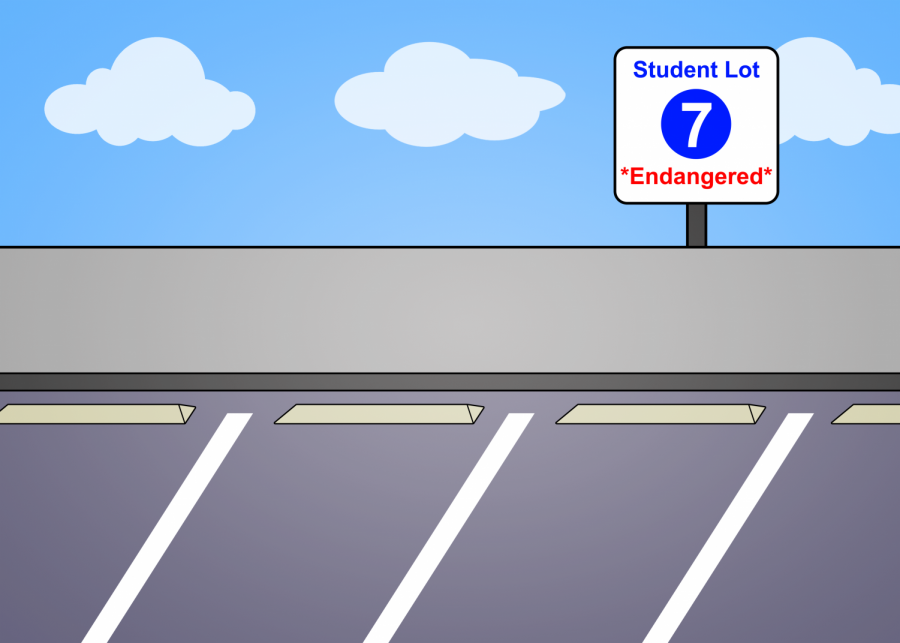Parking spots recognized as endangered species on campus
September 27, 2018
The International Union for Conservation of Nature (IUCN) released its 2018 Endangered Animals Compendium on Sept. 22. Every year, a group of animal behaviorists and environmentalists gather to discuss new species on the brink of extinction.
The compilation is updated every year, and new species are constantly being added to the “Red List.” Among the new additions of at-risk species, specifically Endangered University Amenities, was student parking spaces.
“The number of wild parking spaces drops every year due to poaching and overdevelopment,” Associate Professor of Animal Behavior John Cheetah said. “We need to impose stricter regulations on the cruel hunting of these indigenous species before they are erased from the campus entirely.”
In 2015, World Wildlife began to release new categories of endangered animals, known as University Amenities. This new feature provides readers with the complete list of all rare and disappearing college features. Among the species that are most at risk at the University are the wild pledges of the Yellow Woods, the participants of the Building on Foundations pre-orientation program and the students who get more than eight hours of sleep each night.
Students were not surprised to see University Student Parking on the list this year. Meredith Green ’19, driver of a 2014 Honda Accord, reminisced on the days when parking spots roamed free and warns of the dangers these amenities face.
“In an environment with so many drivers, resources for cars are too few,” Green said. “The habitat simply cannot hold the number of parking spots needed for drivers.
Albert Harold ’21, driver of a 2017 Jeep, argues that the invasive species of staff parking has overpopulated and driven out the native population.
“We are slowly seeing spots open only to staff members, which reduces the resource of student parking,” Harold said. “The competition is most stiff from 10 a.m. to 12 p.m. during the day, and after 5 p.m. We can search for spots all day, but the over-populated downhill parking has slowly led to a shortage of spaces.”
Students are currently attempting to adapt to what Harold claims was undeniably the most devastating disaster affecting student parking spots, “the construction of Academic East.”
The IUCN is looking at ways to increase the longevity of these parking spaces, but for now, University Parking remains firmly endangered for the foreseeable future.






















